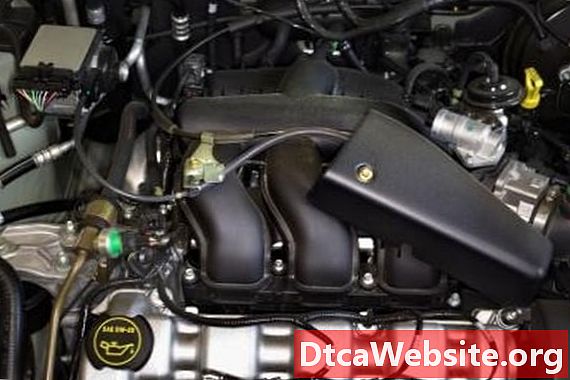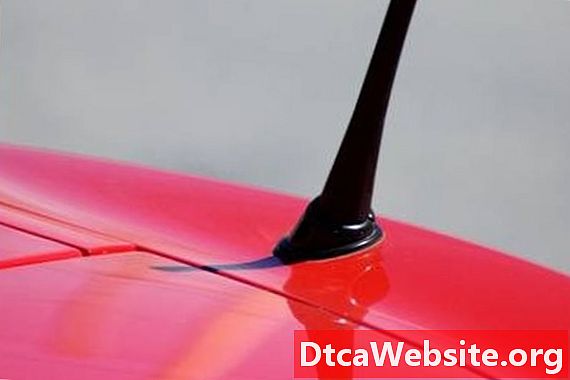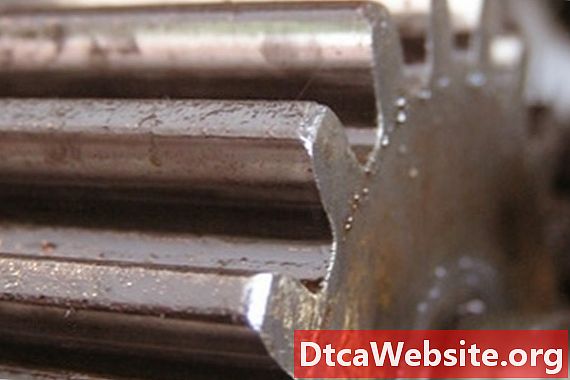
Contenu

The Chevy DZ 302 race engine was introduced by Chevrolet in 1967 to make the Camaro more competitive in the Sports Car Club of America (SCCA) Trans-Am racing series. At that time, the new Z/28 engine option was manufactured in a smaller size due to changes in the technical rules of the SCCA race. As it turned out, this new design became a unique feature that was, and still is, very attractive to car racing enthusiasts.
Rods
The engine was manufactured with rods in a floating wrist style. A metal stress-relieving process known as shot peening was used to make rods in 1968 and in later models of the DZ 302. Peening improves the property of metal by rapidly hammering it with shot peens (tiny spheres of metal) that create dimples on the surface.
Oil Pan
A specially made baffled oil pan was used in manufacturing all 302 engines. The baffles in the pan stopped the high-pressure oil pump from being uncovered when the car accelerated, turned corners or stopped.
Crankshaft
Crankshafts made of forged steel were needed because of high rpm in the 302 engine. For all three model years, the pieces of the crankshaft were tuftrided, which is a heat process in which chemicals are used to harden the bearing journal surfaces. The crank in the 1967 mode was made with 2-inch rod journals and 2.5-inch main journals.
Intake Manifold
The intake manifold was single four-barrel aluminum high-rise from 1967 to 1969. This design gave the best advantage to the other parts of the high-performance engine. A slight change in the 1967 design was a thermostat hole that was added to the intake. The location of the hole was slightly off center toward the drivers side of the car.
Camshafts
Chevrolet used a solid-lifter 30/30 camshaft in the DZ 302 engine design. The measurements for the camshaft are .452 inches for the intake and .455 inches for the exhaust lift. The intake duration is 229 degrees Fahrenheit. Exhaust duration is 237 degrees Fahrenheit. Overlap at zero lift is 78 degrees. The same design was used in high-performance 327 engines in 1964 and 1965. Although solid lifters require more maintenance than hydraulic lifters, they are more reliable at high speeds.
Engine Power
The small engine block rated a conservative 290 hp at 5,800 rpm. It produced 290 foot-pounds of torque at 4,200 rpm. Bore and stroke are 4 by 3 inches.


